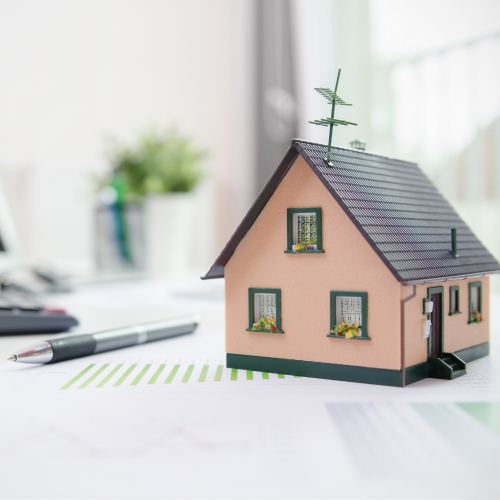How to Utilize the Tax-Free First Home Savings Account (FHSA) and the Secret RRSP Benefit

Ian Wood, CFP, CIM, MFA-A
The Department of Finance released draft legislation for public comment on the Tax-Free First Home Savings Account (FHSA) first announced in Budget 2022. The scheduled effective date is January 1, 2023; however, it will likely be little later in the year before firms start offering the option to clients.
In the original proposed legislation, you could only take advantage of one of the FHSA or the First Time Homebuyers Plan (HBP) within an RRSP. The final legislation that has now passed allows access to both. With this in mind, assuming limited resources, which of the two options is better to fund first?
In our September 2022 poll, we asked, “In your view is the maximum Tax-Free First Home Savings Account (maximum $40,000) a better home savings plan than the RRSP Home Buyer’s Plan (maximum $35,000)?”
Terry McBride made an excellent point when he commented: The RRSP-HBP is effectively an additional debt to be repaid over 15 years on top of making mortgage payments—after the home purchase. Because HBP payments are optional, the HBP erodes the discipline of treating RRSP savings like a pension that needs to remain untouched until senior years.
Many clients and advisors forget to think about this repayment issue, which can cause significant tax and/or cash flow issues for clients who find that their ability to make the optional repayments becomes difficult. This is a major benefit of the FHSA.
At the same time, with only $8,000 being allowed within the FHSA to begin, the plan seems to offer little benefit for those looking to purchase a home in the near future. It will take more than a few years of contributions and growth before that amount reaches anything meaningful.
However, given enough time and contributions, the FHSA does appear superior to the HBP in that it can provide a larger amount for a down payment than the HBP by offering the ability to access $40,000 plus growth tax-free from the account, rather than $35,000 limited by the HBP.
So, the question is whether someone should open a FHSA or use their RRSP for the HBP? To answer this question, we should figure out where the FHSA fits into the tax-efficient order of investing.
To recap, in general here is the order of investing for other major account types:
| |
Deposits |
Growth |
Withdrawals |
| FHSA (with qualifying home purshase) |
Pre-Tax |
Tax Free |
Tax Free |
| FHSA (other) |
Pre-Tax |
Deferred |
Taxable |
| RRSP |
Pre-Tax |
Deferred |
Taxable |
| TFSA |
After-Tax |
Tax Free |
Tax Free |
| Repaying Debt |
After-Tax |
Tax Free |
N/A |
| Non-Registered |
After-Tax |
Taxable as received |
Tax Free |
The FHSA, if used for a home purchase, uses pre-tax dollars and potentially generates tax-free income. If not used for a home purchase, growth is deferred and the withdrawals are fully taxable like an RRSP.
Assuming that you qualify for an FHSA and have income to claim the deductions (or have a reasonable expectation of income in the future to claim deductions carried forward), then the FHSA is the first place that someone should invest their money because the potential for tax-free withdrawals over the RRSP edges out the RRSP as an option.
If you don’t have income to deduct against, then you would likely be better using a TFSA first.
You may notice that I don’t qualify this with “and you expect to purchase a home” because, oddly enough, that actually isn’t important for an FHSA. FHSA contributions are deductible from income like an RRSP, but they don’t use RRSP contribution room. If you contribute the maximum, let it grow, and don’t buy a home, you can roll the contributions and growth into an RRSP without using RRSP contribution room. You’ve effectively deferred an additional $40,000 of income to future years.
Bottom Line: For most clients who qualify to open an FHSA, it may be the best place to invest money from a tax-efficient investment perspective if they are looking to either save for retirement or buy a home.
Additional Educational Resources:
CONTINUING EDUCATION
- November CE Summit Register by October 14 to save $50
- Check out the course Real Estate: Principle Residence which focuses on the ownership of a principal residence is an important cornerstone of family wealth building and there is significant tax advantage as well. With recent financial market volatility, many clients may have, or perhaps are thinking of selling one or more of their principal residences. .
SPECIALIZED CREDENTIALS
Register by October 31 for our Tax Efficient Retirement Income Planning certificate course and save $100.
WORKPLACE TRAINING
Register by October 31 for our Tax Efficient Retirement Income Planning certificate course and save $100.
©Knowledge Bureau, Inc. All rights Reserved